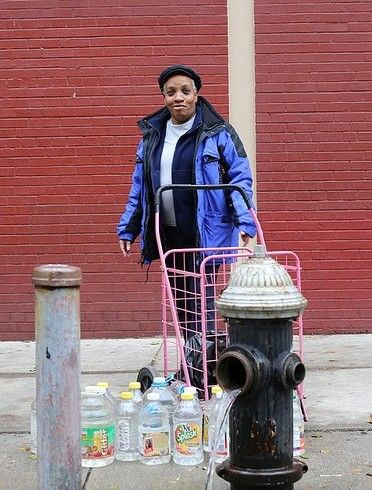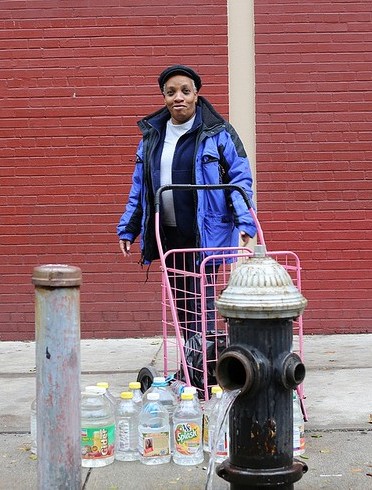Healing a Hurting World in the Aftermath of Sandy, Part 2

 Most disasters have three distinct, if sometimes overlapping phases: Rescue, Relief and Recovery.
Most disasters have three distinct, if sometimes overlapping phases: Rescue, Relief and Recovery.
The Rescue phase is focused on saving lives and securing property, and is most acute in those parts of our region that were directly flooded or destroyed by fires. This work is generally done by the police, fire departments and other government agencies.
With extended power outages likely for much of the region, the Relief phase of the work is now underway and will last for some time. As I saw in Katrina, the Church is often one of the first places people go to seek assistance and shelter. This is already true here after Sandy, where we are seeing a surge in the need for food pantries and feeding programs.
Right now, Episcopal Relief & Development is focused on the Relief phase by supporting dioceses and their ministries reaching out to those in need of assistance, and securing the resources for the long-term Recovery phase.
If you are not in an impacted area and are reading this, please consider giving generously to our Sandy appeal. If you are in the an impacted area and are able, please reach out to your neighbors and friends and check on them to make sure they are okay or see if they need anything. You can find other NYC-area volunteer opportunities here.
Last, we will soon get to the third and final phase: Recovery. During Recovery the emphasis shifts to returning to self-sufficiency.
The challenge of the Recovery phase is that most of the television cameras have moved on, but the human suffering has grown. It is a chronic state, not a crisis. However, it is the phase that the Church excels at, because we are part of the communities that have been impacted, and best know the needs and how to meet them. We will continue to walk with these communities for the long haul.
That is how we heal a hurting world.
———-
Rob Radtke is President of Episcopal Relief & Development.
Photo: A woman fills water bottles from a hydrant on the Lower East Side of Manhattan, where many people have lost power and water. cc by Timothy Krause


